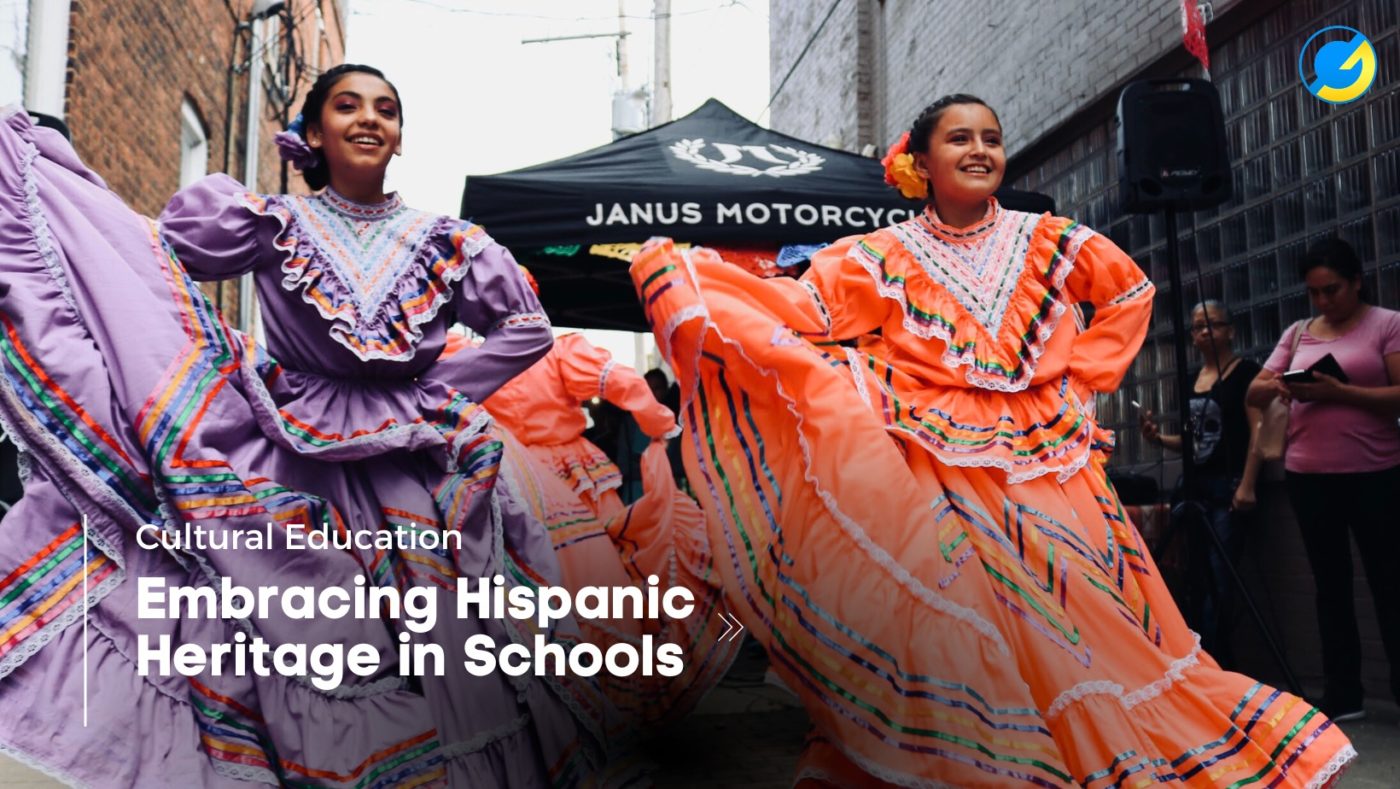In an increasingly diverse world, the importance of cultural education cannot be overstated. Schools play a crucial role in shaping young minds and fostering cultural understanding and inclusivity. Incorporating Hispanic culture and heritage into the curriculum can be a powerful tool for promoting cultural awareness and creating a more inclusive educational environment.
Understanding Hispanic Culture
The term “Hispanic” ecompasses a wide range of cultural backgrounds, including but not limited to Mexican, Puerto Rican, Cuban, Dominican and Central and South American heritages. Each of these cultures bring its own unique traditions, history, language, cuisine and artistry to the table. The rich tapestry of Hispanic culture is a testament to the diversity within this community.
The Importance of Cultural Education
- Promoting Inclusivity: Incorporating Hispanic culture into the curriculum sends a powerful message of inclusivity. It tells students from hispanic backgrounds that their heritage is valued and respected. Additionally, it exposes students from other backgrounds to the depth of hispanic culture, fostering empathy and respect for cultural backgrounds.
- Enhancing Cultural Competency: Cultural education helps students develop cultural competence, an essential skill in today’s world.The ability to understand different cultures lead to more effective communication, collaboration, and cooperation in more diverse environments.
- Breaking Stereotypes: This is a great opportunity to reject stereotypes and misconceptions about the group. Through authentic curriculum, students are able to challenge preconceived notions and develop an accurate understanding of the culture.
- Empowering Hispanic Students: When students see their culture and heritage represented through the campus and curriculum in a respectful and authentic manner, it can boost self esteem and motivation to learn. This can lead to a higher level of engagement, benefiting the teacher and other students as well.
Ways to Incorporate Hispanic Culture Into The Curriculum
- Multicultural Literature: Integrate non-traditional literature into the English curriculum. There are some great novels written by authors like Gabriel Garcia Marquez and Julia de Burgos that provide valuable insights into Hispanic culture and identity.
- History Lessons: Explore the history of Hispanic countries and their contributions to world history. By contextualizing world events and actors through Hispanic lenses, students from all backgrounds can better appreciate the impact of the group on global history.
- Art and Music: Encourage the study of famous singers, artists and musicians. Lead students to explore different musical genres like salsa, flamingo, tango and bachata.
- Language courses: Offer Spanish language courses to students, emphasizing not only the language but also the culture. Language is a gateway to understanding the nuances of a culture, and with it, respect for cultural authenticity and differences.
- Celebrating Hispanic Achievements: By highlighting the achievements of Hispanic individuals around the world and locally, students are empowered and inspired to reach for their dreams.
Most importantly, Hispanic Heritage Month presents an opportunity to give our students the space and freedom to share their own culture. Culture is integral to personal identity, and should be celebrated everywhere. Especially in the classroom, where appropriate societal behavior is being modeled for students. Incorporating these in the curriculum is a great way to support our students, on the path to creating culturally aware, inclusive and empathetic educational environments for all learners. As any educator knows, a happy classroom benefits not only the students, but the teachers and administrators working alongside them.
Happy Hispanic Heritage Month!

